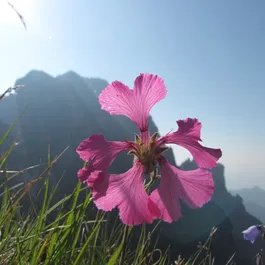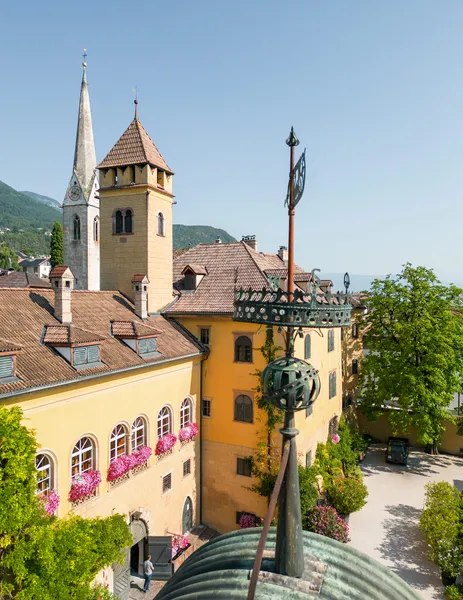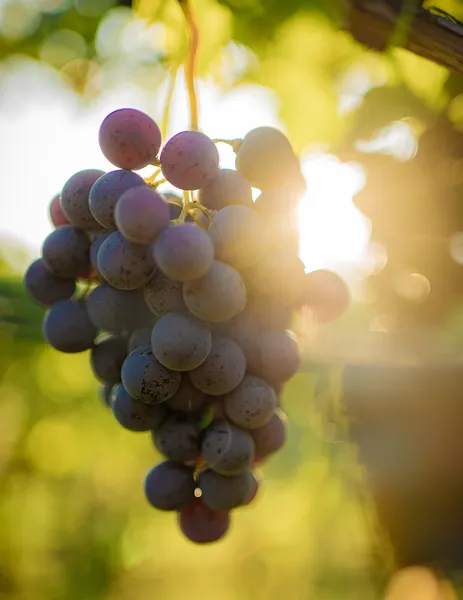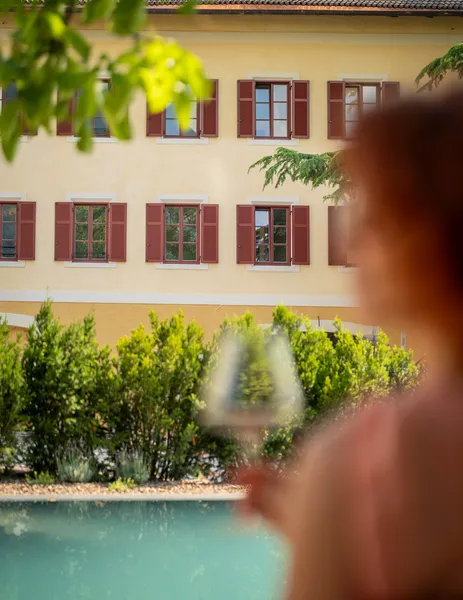Some ladies are honoured with a poem. Others with a piece of music or a painting. We dedicate our white cuvée Elisa to Vicereine Elisabeth. And science? It has found a wonderfully charming way.
The Flower of the Vicereine
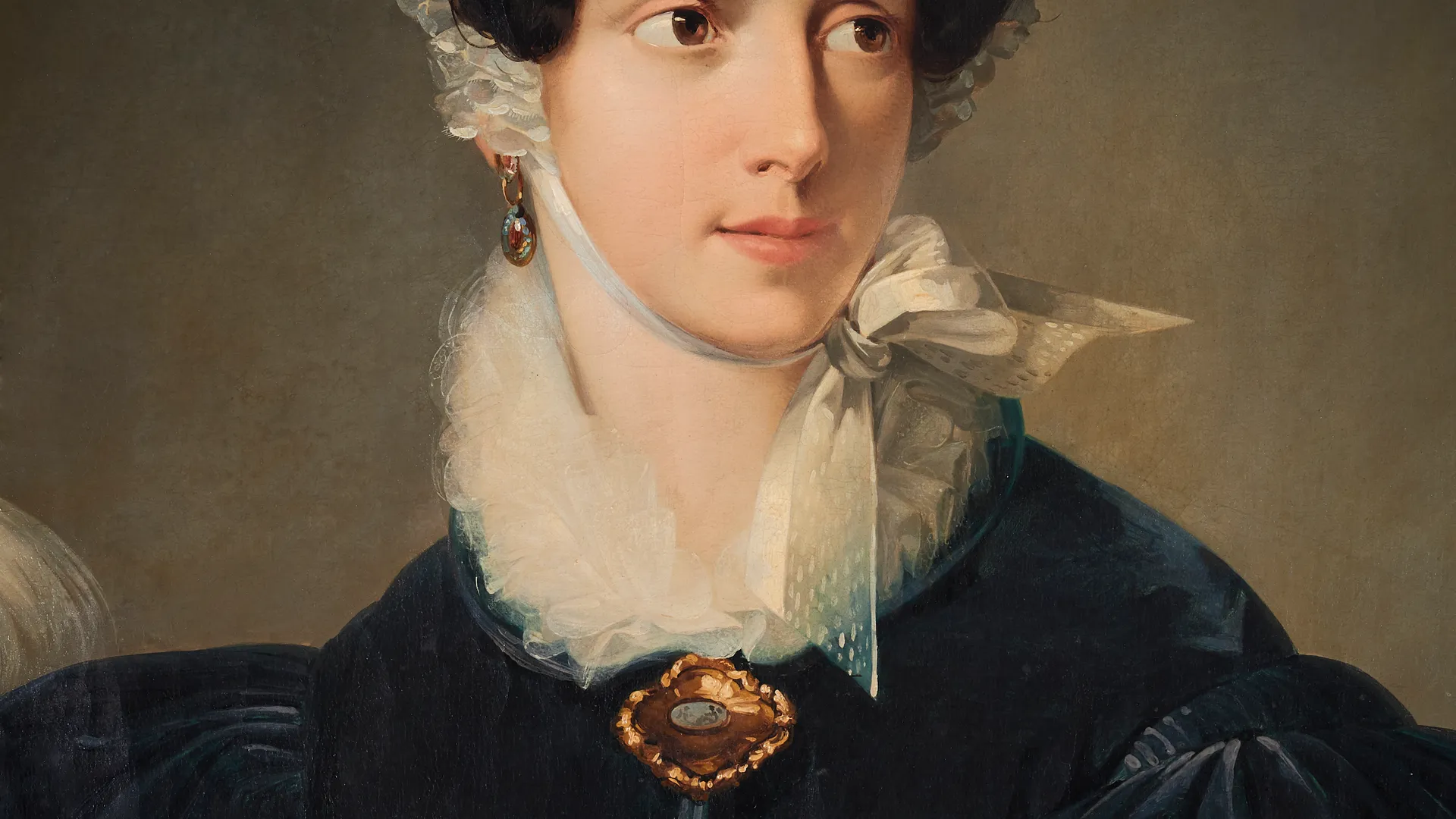
Vicereine Elisabetta and her love for flowers
Vicereine Elisabetta shared her husband Archduke Rainer of Austria’s passion for flora. It was he who founded the Bolzano Flower Exhibitions, cultivated new plant species and laid the foundations for the royal gardens at the summer residence in Monza. Elisabeth, in turn, captured nature’s beauty with her brush. Her floral paintings brought her renown and still reveal her artistic sensibility today. Several of her works remain at Castel Sallegg, which has stayed in the family. She is the great-great-great-grandmother of the current owner, Count Georg von Kuenburg.
In her honour, a plant genus in the carnation family was named Elisanthe. The delicate alpine species Silene elisabethae – known as Elisabeth’s catchfly – also bears her name. This rare beauty grows in the southern Alps between Lake Como and Lake Garda, at elevations of 1,400 to 2,450 metres. From July to August it blooms in soft pink hues, sometimes in radiant white.
The species was first described in 1832 by the Austrian botanist Georg Jan. The epithet elisabethae pays tribute to the Vicereine, who lived between 1800 and 1856 – a woman deeply devoted to nature.
The Silene elisabethae is a flower of quiet grace: modest in growth, yet luminous in bloom. It blends almost poetically into the landscapes of the southern Alpine lakes such as Lake Garda. A fitting symbol for Elisabeth, who together with Archduke Rainer created at Castel Sallegg a serene and creative world – a place defined, then as now, by beauty, nature and understated elegance.
